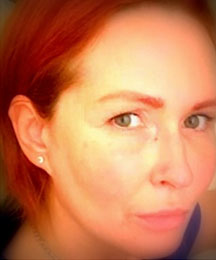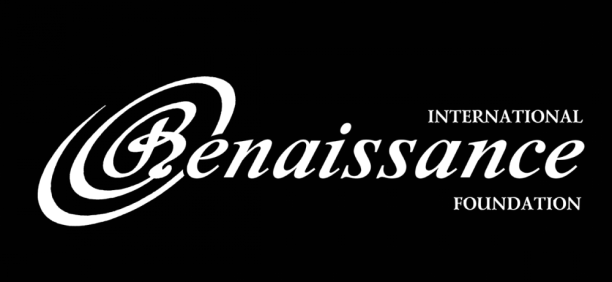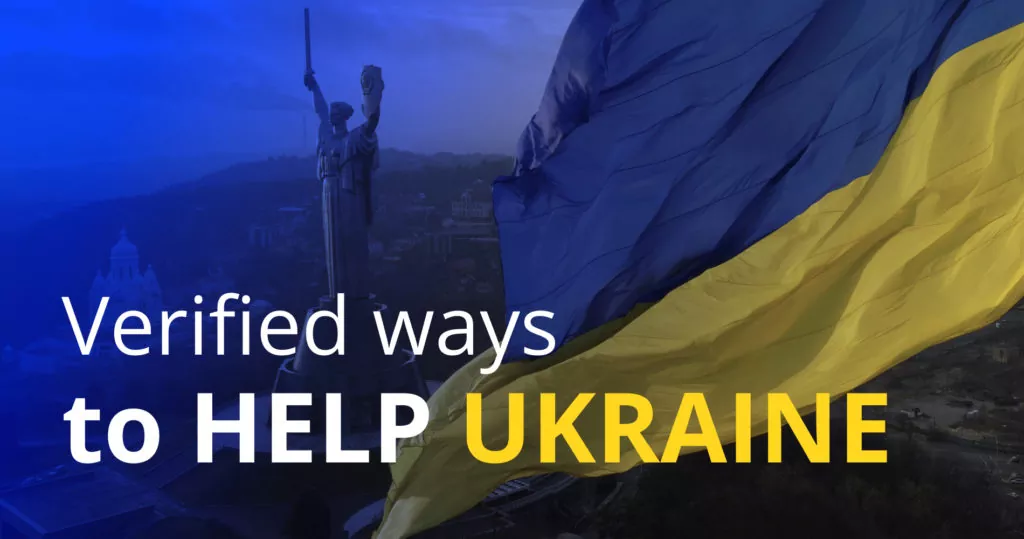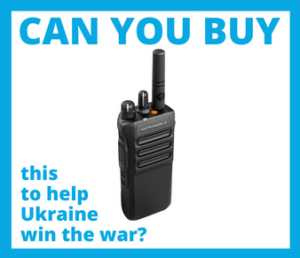A resonant murder
Pavlo Sheremet, born on 28 November 1971, in Minsk, Belarus, was a journalist in Belarus, Russia, and Ukraine. In July 1997, while reporting for Public Television of Russia at the Belarusian-Lithuanian border, he was arrested by Belarus law enforcement authorities for alleged border trespassing, then also charged with accepting payments from foreign intelligence agencies and illegal journalist activities. He was sentenced to two years with probation. He spent three months in an investigative isolation ward, was released with the help of Russia President Boris Yeltsin and moved to Moscow. In 2011, he moved to Ukraine.
At 8:00 am on 20 July 2016, while driving the car of his flatmate Olena Prytula, co-founder and owner of the popular online daily Ukrainska Pravda, Sheremet was killed by a remotely detonated improvised explosive device.

An ad hoc task force was formed to investigate the crime. It included officers of the National Police and the Security Service of Ukraine as well as US FBI representatives in Ukraine. At a media briefing on 4 August 2016, the Interior Ministry and the Prosecutor General’s Office reported on four possible scenarios the group was investigating:
- a mistake – as the killers might have wanted to kill Olena Prytula who owned the detonated car;
- personal issues;
- professional activities;
- destabilization of the situation in the country.
A month later, Interior Minister Arsen Avakov said in an interview,
“Our enemy, imperialist Russia headed by dictator Putin, will go any length to destabilize our country including terrorist attacks on influential journalists… I do not exclude that we have this situation with the Sheremet homicide.”
Indeed, investigative journalist Pavlo Sheremet, a close friend of Russian politician Boris Nemtsov who was killed on 27 February 2015 in Moscow, was a harsh critic of Putin’s regime, and we know that Putin’s enemies are often found dead not only in Russia and Ukraine but also on British and German soil.
Three years later, on 20 July 2019, President Volodymyr Zelenskyy chided the investigation for not producing results in a Facebook post:
“The previous president and law enforcement agencies called solving the murder of Pavlo Sheremet ‘a matter of honor.’ Three years have passed. There are still more questions than answers. On July 23, I ask the Prosecutor General, the Interior Minister, the National Police Chief and the SBU [Security Service of Ukraine] Chief to get together and report on the investigation’s progress. I invite journalists to the meeting. The Ukrainian community has long awaited an answer to the question ‘Who killed Pavlo?’”
On 23 July 2019, National Police Chief Serhiy Knyazev made a presentation for the President and the media on the investigation, offering little not already generally known. Before the presentation, in a separate room, he familiarized Zelenskyy with classified information on the case on conditions of nondisclosure.
Less than five months later, police claimed they cracked the case.
Case solved?

At a news conference on 12 December 2019, sanctified by the presence of President Zelenskyy in the entourage of Interior Minister Avakov, Prosecutor General Ruslan Riaboshapka and Criminal Police Chief Yevhen Koval, law enforcement briefed the audience on the three-and-a-half-year investigation, named the suspects – Andriy Antonenko, Yuliya Kuzmenko and Yana Duhar – and presented what they called evidence. According to police, Antonenko organized the group, Duhar was a scout and Kuzmenko planted the bomb.
 |
 |
 |
|
Yana Duhar |
Andriy Antonenko (“Riffmaster”) |
Yuliya Kuzmenko |
25th Airborne Brigade Medical Sergeant,Armed Forces of Ukraine |
Special Operations Forces Sergeant,Armed Forces of Ukraine |
Pediatric Cardiac Surgeon, Head of X-ray Angiography and Endovascular Surgery Department at the Center for Cardiology and Cardiac Surgery |
Born in 1993 in Poltava Oblast. Volunteer, civil society activist and combat medic. Graduated from Poltava Medical and Dental Academy. With the onset of the Russian-Ukrainian war, applied for military service and worked as a nurse at the 66th Military Hospital before she was called up for active service in 2016. Decorated with an Order of Courage and medals. Married. |
Born in 1971 in Kyiv. Poet, musician, composer and volunteer. Graduated from a musical school and the Culture Education Vocational School in Kyiv. In 2003, founded his solo project Riffmaster where he was the author of music and lyrics, played lead guitar and sang. His song “Quietly Came, Quietly Went” is the unofficial SOF hymn. Performed for warriors at the frontline. Evacuated wounded soldiers as an ambulance driver/paramedic with the Pirogov First Volunteer Mobile Hospital. Enrolled in SOF in July 2017. Decorated with medals. Married with two children. |
Born in 1979 in Kyiv. Volunteer, civil society activist and military medic. Graduated from the Bogomolets National Medical University. Ph.D. in medicine and working on doctoral thesis. During the Russian-Ukrainian war was a volunteer with Euromaidan SOS. Decorated with a Presidential Medal for Humanitarian Participation in the Anti-Terrorist Operation (now called the Joint Forces Operation). Divorced with one son. |
The suspects had been apprehended just prior to the press conference. Within the next two days, the investigative judge ordered Antonenko’s and Kuzmenko’s detention for 60 days in an investigative isolation ward pending trial. The measure of restraint for Duhar was a 60-day house arrest (later changed to night house arrest). Sixty days later, on the motion of the prosecutor, the detentions were extended by another 60 days.
Two more persons were mentioned at the news conference as being involved in the crime – Inna and Vladyslav Hryshchenko, also war veterans. However, they have not been formally charged.
So what makes the police and prosecution believe (or pretend to believe) that the three volunteers took the life of a person they had nothing to do with? What could be their motive? And what is the defense’s arguments and those of just plain common sense?
There are more questions. Why did the President not only attend the news conference but also ascend the stage and thank Avakov, investigators and prosecutors for their “really powerful work”? He said, “The likely killers were detained today.”
Didn’t he understand that his words could be interpreted as pressure on the court, which is supposed to be the only institution authorized to decide how likely the three suspects were the killers? And didn’t he think about possible political fallout for him personally in case of their acquittal?
By the way, in an interview on 30 January 2020, Prosecutor General Ryaboshapka said the investigation needed additional evidence to take the case to the court because “The collected volume of evidence is insufficient.”
Do they have a case at all?
Copy/pasted greatness of the Aryan race

Police attributed the original motive of the crime to Andriy Antonenko. It’s worth quoting their allegation:
“[Andriy Antonenko], having been fascinated by ultra-nationalistic ideas, cultivating the greatness of the Aryan race and the society dissociation based on the principle of ethnic origin, aiming at making his views an object of public attention… decided to set up an organized group in order to kill journalist and radio host Sheremet.”
What is the ground for what the defense calls an “absurd statement”? Did they find Mein Kampf in Antonenko’s private library? The “proof” they were able to dig up in the week after the suspicious announcement was a picture of Hitler portrayed as either Santa Claus or Russian Father Frost that Andriy posted on his Facebook – a mere joke probably alluding to the fact that Russian propaganda calls Ukrainian patriots Nazis. Strange, the investigators failed to see another, clearly anti-xenophobic post by Antonenko in 2016 when he allegedly was so “fascinated by ultra-nationalistic ideas, cultivating the greatness of the Aryan race” – photos of Ukrainian soldiers of various ethnic origin standing against the background of respective national flags: Israeli, Croatian, Azerbaijani…
We do not ask why on earth anybody should kill a fellow Slavic journalist to make his ultra-nationalistic ideas an object of public attention but keep mum about the deed. Probably, police see a certain logic in that, hidden from common sense. But the participation in this group of Yana Duhar, whose husband is Iraqi, looks odd, to say the least.
While the investigators were busy looking for evidence of Andriy’s “fascination with ultra-nationalistic ideas,” Facebook users were also digging and discovered that the same motive – using exactly the same words! – had been provided by law enforcement in another case in 2015.[10] Indeed, why go to the trouble to type when you can copy/paste?
In dubio pro reo – when in doubt, for the accused
Lady Justice is often represented in works of art as a blindfolded woman. It seems in Ukraine she also has only one ear – the one turned to the prosecution.
A forensic gait analysis done by British expert Ivan Birch and Yuriy Irkhin from the Kyiv Research Institute of Forensic Examination that compared footage from various CCTV cameras is the main proof of the suspects’ guilt furnished by police. Other evidence includes, inter alia:

The style of print on the shirt that the suspected perpetrator wore in the video was similar to that Antonenko had on his T-shirts (just a similar style, not the same print!);
- Antonenko had an apartment in the vicinity of the crime scene. (According to the defense, it was not an apartment but a nine-square-meter room in a communal apartment. Andriy lived not there but in an apartment much further from the crime scene);
- Antonenko and Kuzmenko did not use their cell phones from the night of July 19 to the morning of 20 July 2016, allegedly atypical behavior. (What is wrong with not using a phone during the nighttime? However, according to the defense as well as Google and Facebook tracking, Andriy did use his smartphone through home WiFi that night 1.5 km away from the crime scene, actively communicating on Facebook until as late as 0:55 am and resuming at 7:23 am on July 20. So did Yuliya, who communicated with a Facebook friend around 8:30 pm to 9:00 pm);
- The suspected male perpetrator limped, and Antonenko earlier underwent varicose vein surgery. (As a matter of fact, this limping is proof of Andriy’s innocence because he did not limp after the two-hour operation done several months before using state-of-the-art vessel welding technology – just two small cuts. His walking function was not impaired, according to his medical records;
- A semi-disassembled empty MON-50 anti-personnel mine was found in Antonenko’s possession. (Andriy explained that he needed it for a photo, and indeed, he posted a photo with the mine on Facebook).

All of this evidence is circumstantial, and even the gait analysis is generally considered as only collateral evidence. Leonid Maslov, a lawyer engaged by Antonenko’s defense as an expert, lambasted the Interior’s Ministry assertion that gait is as unique as fingerprints on Facebook and cited two studies by British researchers on the matter.[1] He also pointed out that Birch signed his analysis statement written in Ukrainian, not knowing the language.
Maslov questions Irkin’s expertise in general.
“The head of the expert commission from the Ukrainian side, Mr. Irkhin, was previously caught committing fraud in the polygraph examination of two suspects in a murder case in 2015. The suspects, army officers, were later released and the suspicion dropped, whereas the true perpetrators were spotted and one of them condemned. Mr. Irkhin’s polygraph examination turned out to be not a mistake but a counterfeit,” Maslov asserted.
Whatever the evidence suggests, there are serious doubts that the persons on the video footage are indeed the three detained suspects. These doubts have miraculously slipped from the attention of the investigators and judges. Let’s examine, for example, the suspects’ height: Yana Duhar is 10 cm taller than the “scout” in the video, and Andriy Antonenko is 5-10 cm taller than the bearded man on the video.
As for the beards, these were different at the time: the man in the video had his cheeks shaved, and there is no way Andriy could have grown his beard up to his ears in one day to appear as shown on his photo published on July 21. Speaking of appearance, Yana has tattoos on her hand and leg, absent on the “scout.”

Finally, here come the alibis. Two of the suspects say they have one. Kuzmenko’s ex-husband told the judge that Yuliya “certainly, beyond any doubt, was at home” that night.
On 10 January 2020, Reporters without Borders also noted faults in the investigation and evidence, saying that
“the claim to have solved the case is based on four disputed expert reports and the prosecutor’s office is refusing to release all of the evidence in its possession. The leading suspect has lodged a complaint against the president and interior minister, there have been attempts to pressure and blackmail certain witnesses, and now a series of revelations in the past few days has cast further doubt on the investigation.”
According to the defense, the entire process in this case features multiple procedural infractions. Police have limited access by the defense to important materials. Prosecutors may not appear for court hearings or they appear without bringing the defendants. On 3 January 2020, Orekhovsky & Kolomiyets, a law firm defending Yana Duhar, filed a 16-page Statement of Crime with the State Bureau of Investigations accusing law enforcement with charging a knowingly innocent person (Part 2 of Article 372 of the Criminal Code), deliberately falsifying expert opinions (part 1 of Article 384 of the Criminal Code) and deliberate unlawful detention and arrest (part 1 of Article 371 of the Criminal Code).
The defense has consistently brought investigative and procedural violations to the attention of the judges at numerous court hearings. However, the Ukrainian Lady of Justice seems to turn a deaf ear to their appeals. For some reason, the principles of presumption of innocence and in dubio pro reo do not work in this case.
[1] Nina M. van Mastrigt, Kevin Celie, Arjan L. Mieremet, Arnout C. C. Ruifrok, and Zeno Geradts (2018). Critical review of the use and scientific basis of forensic gait analysis. https://www.ncbi.nlm.nih.gov/pmc/articles/PMC6201773/.
Black, S., Wall, M., Abboud, R., Baker, R., & Stebbins, J. (2017). Forensic gait analysis: A primer for courts. https://royalsociety.org/-/media/about-us/programmes/science-and-law/royal-society-forensic-gait-analysis-primer-for-courts.pdf.
Read also:
- Police evidence in murdered journalist Sheremet’s case looking shaky
- CPJ slams Ukrainian police for stalled probe into murder of journalist Sheremet
- What the murdered Ukrainian-Belarusian journalist Sheremet stood for
- Investigative documentary on journalist’s murder finds leads that cops didn’t, traces to SBU




